10 Treatments for Spinal Stenosis
Spinal stenosis is a condition where the spaces within the spine narrow, putting pressure on the nerves and causing pain, numbness, and weakness. This article explores 10 treatments for spinal stenosis, ranging from conservative approaches to surgical interventions, to help alleviate pain and improve quality of life.
Physical Therapy
Physical therapy can help improve strength, flexibility, and balance, which may reduce pain and other symptoms of spinal stenosis[[1]]. A physical therapist can create a personalized exercise program to address specific needs and limitations.
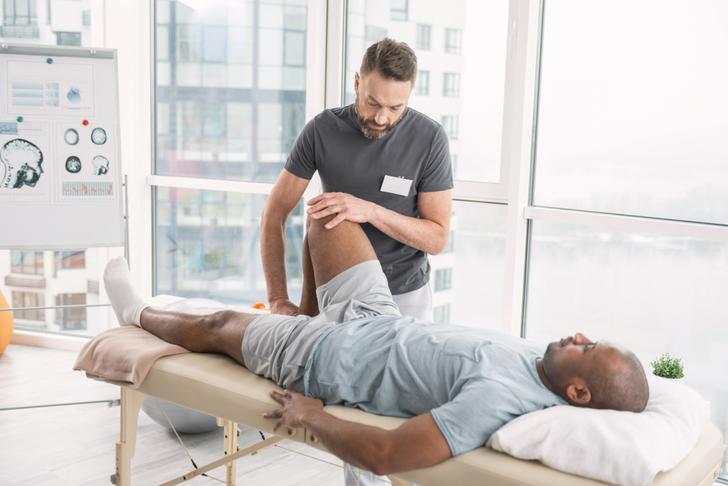
Advertisement
Medications
Over-the-counter pain relievers, such as nonsteroidal anti-inflammatory drugs (NSAIDs), can help reduce inflammation and alleviate pain[[1]]. In some cases, prescription medications like muscle relaxants, anti-seizure drugs, or opioids may be recommended for short-term relief.

Advertisement
Epidural Steroid Injections
Epidural steroid injections can help reduce inflammation and provide temporary pain relief by delivering corticosteroids directly to the affected area of the spine[[2]]. This treatment is typically used in conjunction with other conservative therapies.

Advertisement
Chiropractic Care
Chiropractic adjustments may help relieve pressure on the nerves and improve spinal alignment, potentially reducing pain and other symptoms of spinal stenosis[[2]]. It is important to consult with a healthcare professional before beginning chiropractic care.
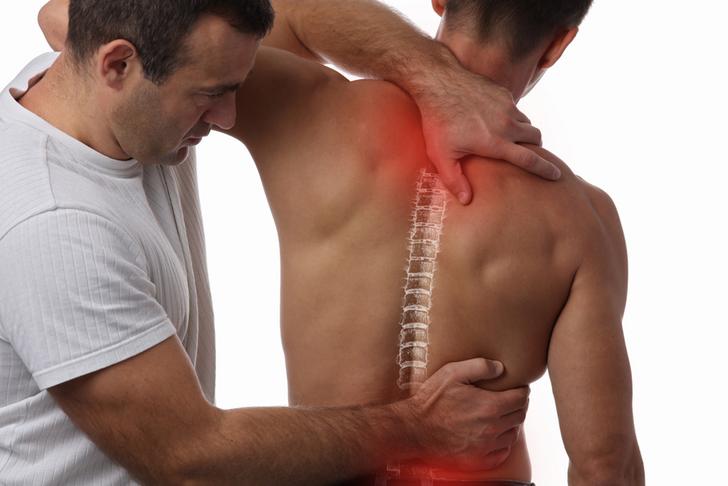
Advertisement
Acupuncture
Acupuncture involves the insertion of thin needles into specific points on the body to stimulate the nervous system and promote natural pain relief[[2]]. Some individuals with spinal stenosis may find relief from this alternative therapy.

Advertisement
Traction Devices
Traction devices, such as inversion tables or spinal decompression machines, can help stretch the spine and relieve pressure on the nerves[[2]]. These devices should be used under the guidance of a healthcare professional.
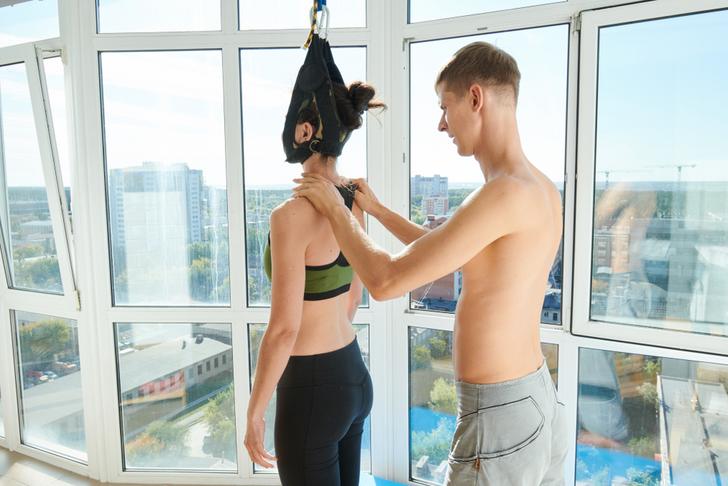
Advertisement
Assistive Devices
Using assistive devices, such as a cane or walker, can help improve balance and mobility, reducing the risk of falls and injury for individuals with spinal stenosis[[3]]. Occupational therapists can recommend appropriate devices and provide training on their use.
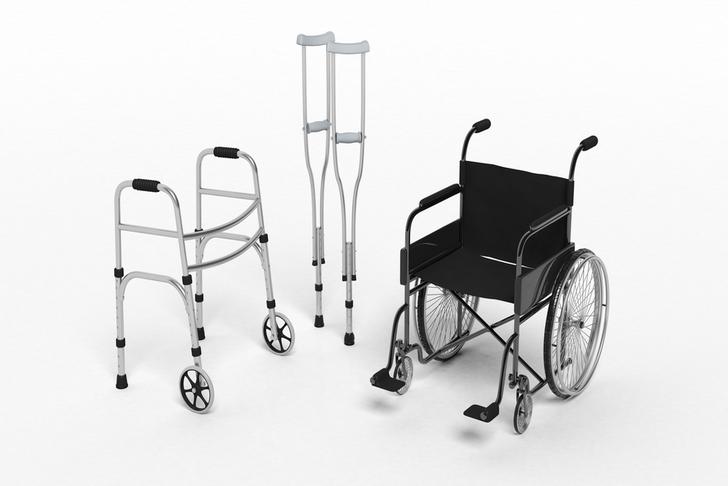
Advertisement
Nerve Blocks
Nerve blocks involve the injection of a local anesthetic or other medication to block pain signals from the affected nerves[[2]]. This treatment may provide temporary relief for individuals with spinal stenosis who have not responded to other conservative therapies.
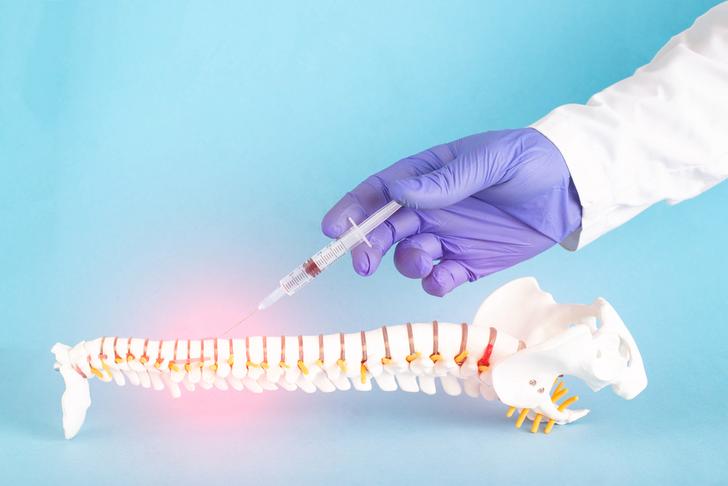
Advertisement
Laminectomy
A laminectomy is a surgical procedure that involves the removal of the lamina, a part of the vertebra, to create more space within the spinal canal and relieve pressure on the nerves[[1]]. This surgery is typically reserved for individuals with severe spinal stenosis who have not responded to conservative treatments.
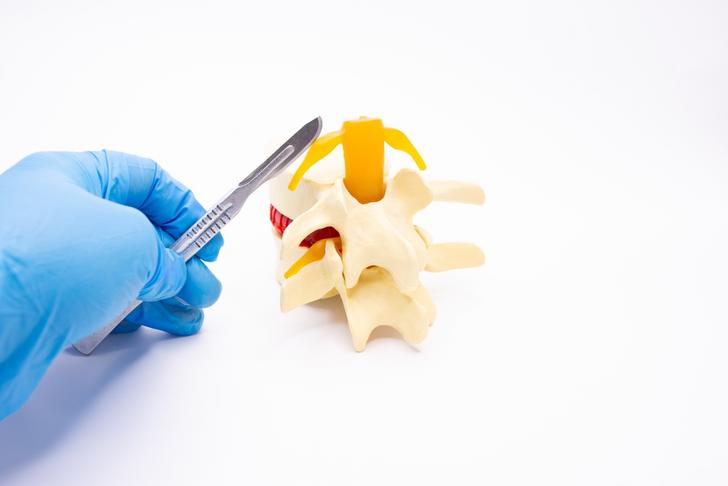
Advertisement
Spinal Fusion
Spinal fusion is a surgical procedure that involves the joining of two or more vertebrae to stabilize the spine and prevent further narrowing of the spinal canal[[1]]. This surgery is typically reserved for individuals with spinal instability or severe spinal stenosis who have not responded to conservative treatments.
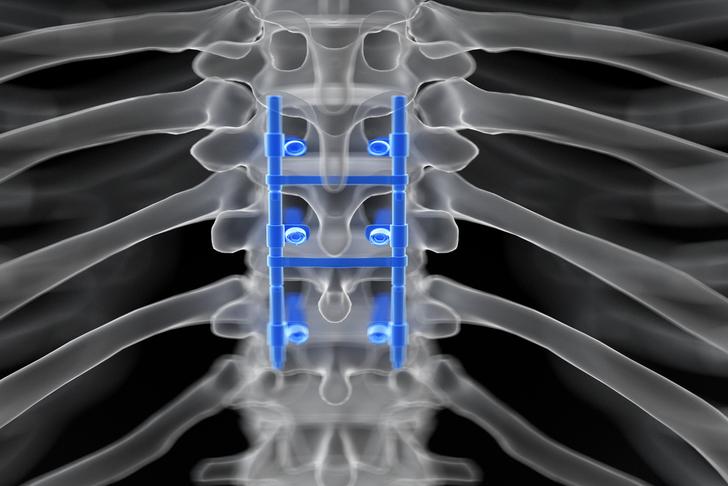
Advertisement
Conclusion
In wrapping up, treating spinal stenosis involves an integrated approach that encompasses medical interventions, lifestyle modifications, and emotional support. Each case of spinal stenosis is unique, necessitating a personalized treatment plan based on individual needs and the severity of the condition.
Underlining the importance of overall health in managing spinal stenosis is crucial. Regular physical activity and a balanced diet not only aid in maintaining a healthy lifestyle but can also complement and enhance the effectiveness of medical treatments. For instance, maintaining a healthy weight can lessen stress on the spine, which may alleviate symptoms. A diet rich in anti-inflammatory foods such as leafy greens, berries, nuts, fatty fish, and olive oil may also help reduce inflammation and relieve the pain associated with the condition.
The role of emotional well-being in managing a chronic condition like spinal stenosis should be considered. Seeking support from friends, family, or professional counselors and employing techniques like mindfulness, meditation, and relaxation exercises can assist in managing pain and fostering a positive mindset.
Although this article focuses on spinal stenosis, the treatment options discussed may also benefit other spine-related conditions like degenerative disc disease, herniated discs, or sciatica. Discussing these treatments with a healthcare professional for a suitable plan tailored to each individual’s specific diagnosis and needs is essential.
To reiterate, managing spinal stenosis requires a comprehensive and individualized approach incorporating medical treatments, lifestyle modifications, and emotional well-being. Please consult a healthcare professional for guidance on the best treatment strategies, and remember, proactive engagement in one’s health is vital to managing spinal stenosis and promoting a fulfilling life. The journey to managing spinal stenosis may be challenging, but with the right approach, significant improvement in pain management and overall quality of life is attainable.
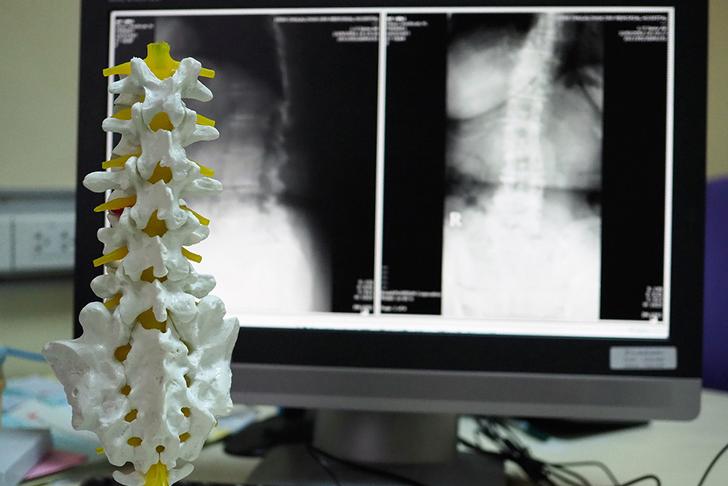
Advertisement





